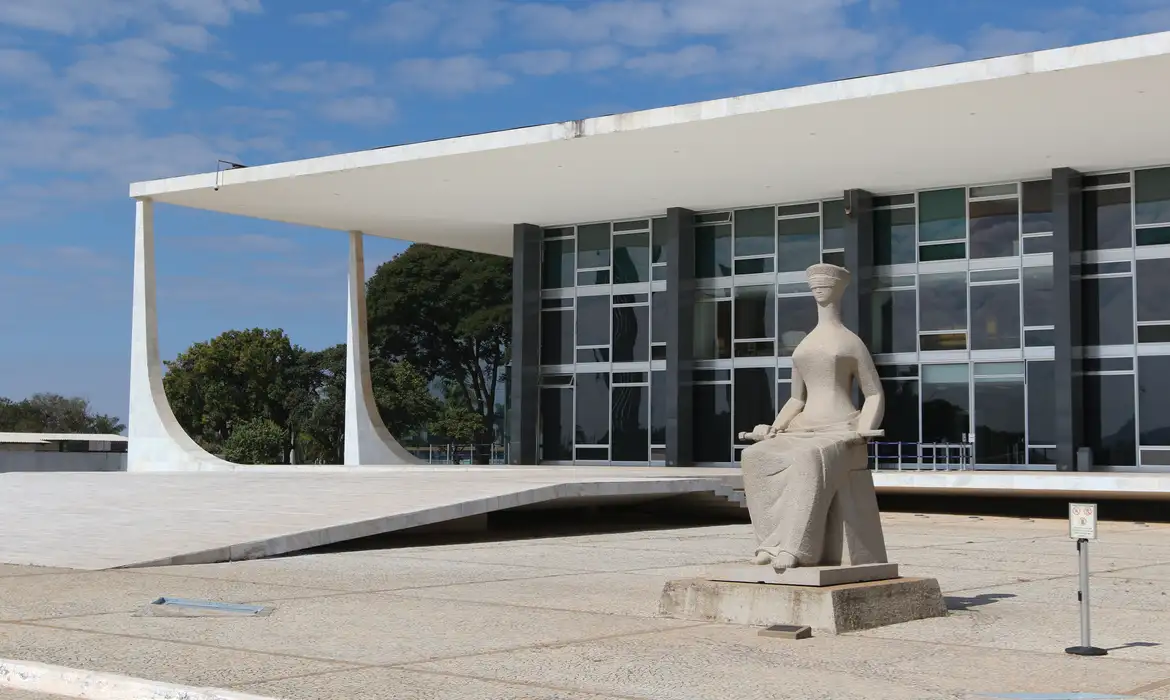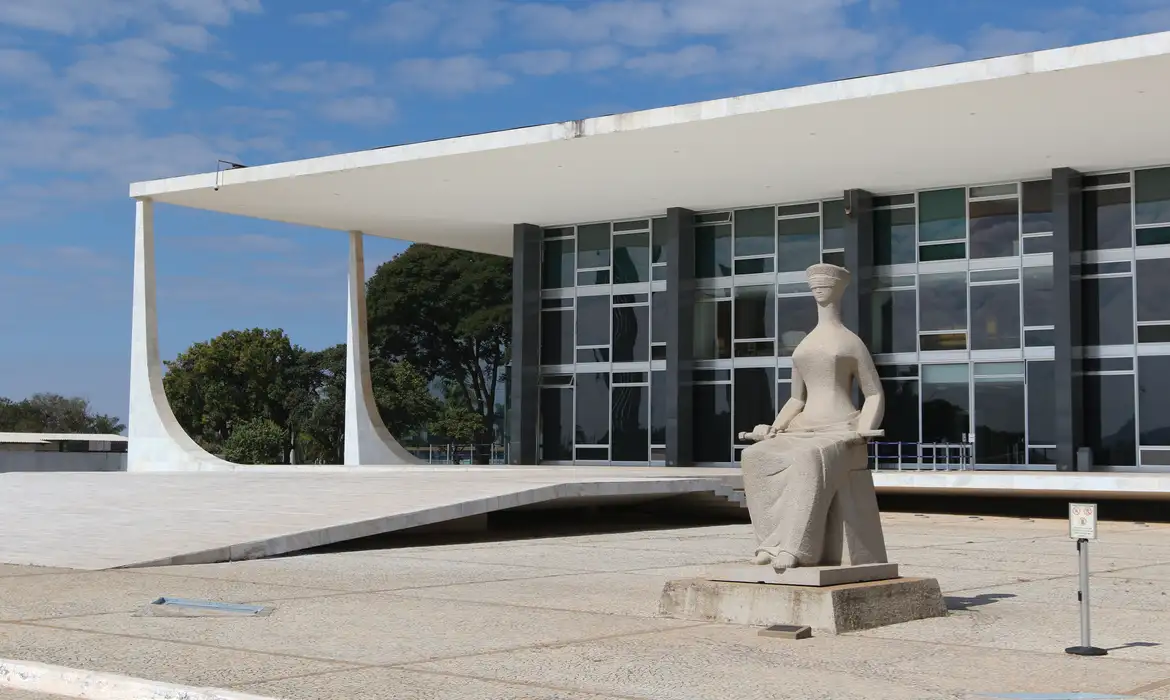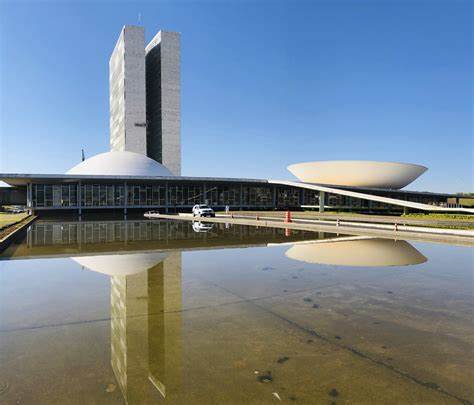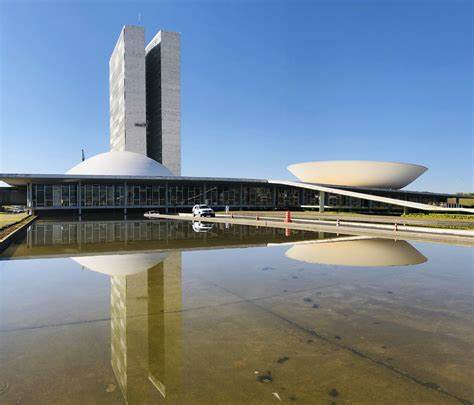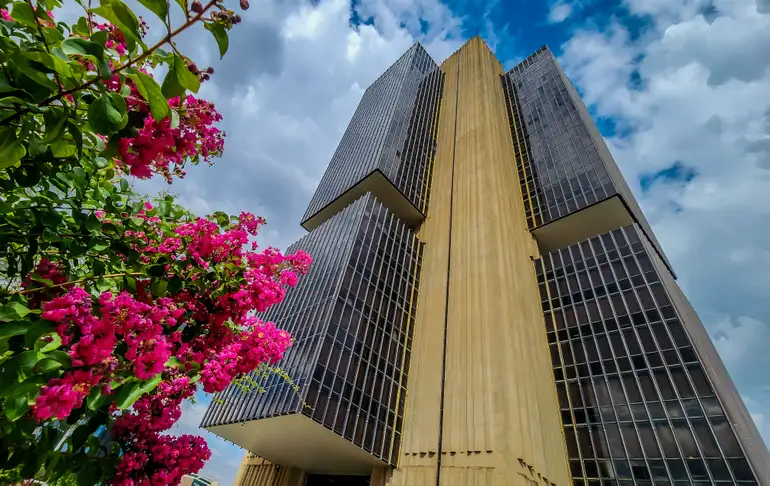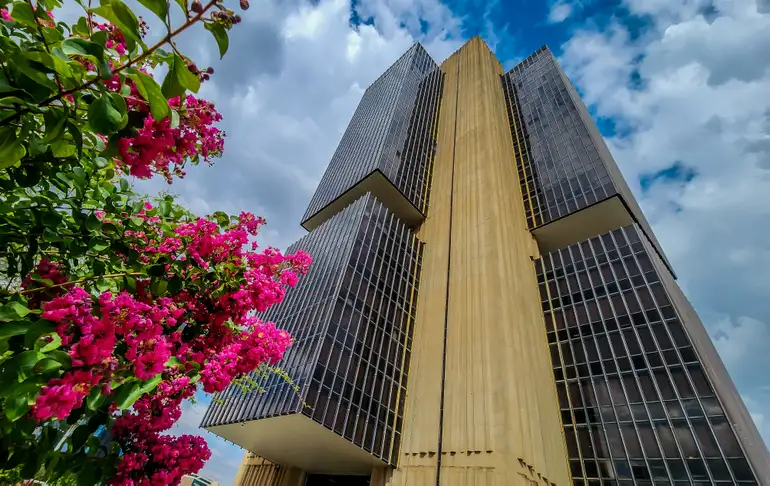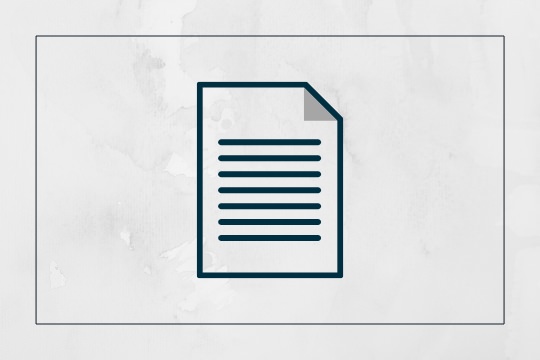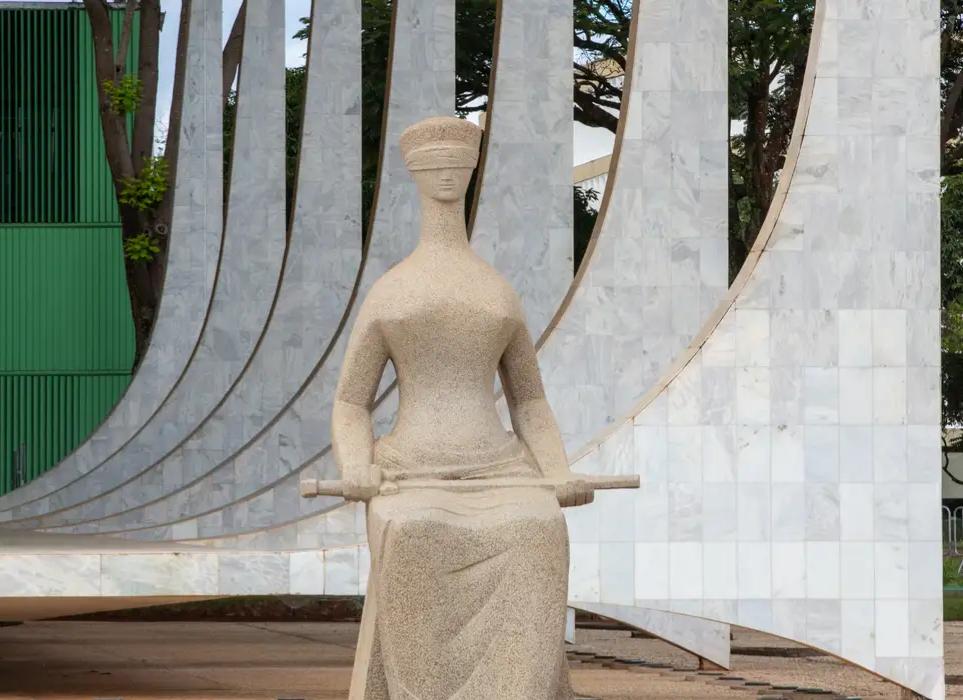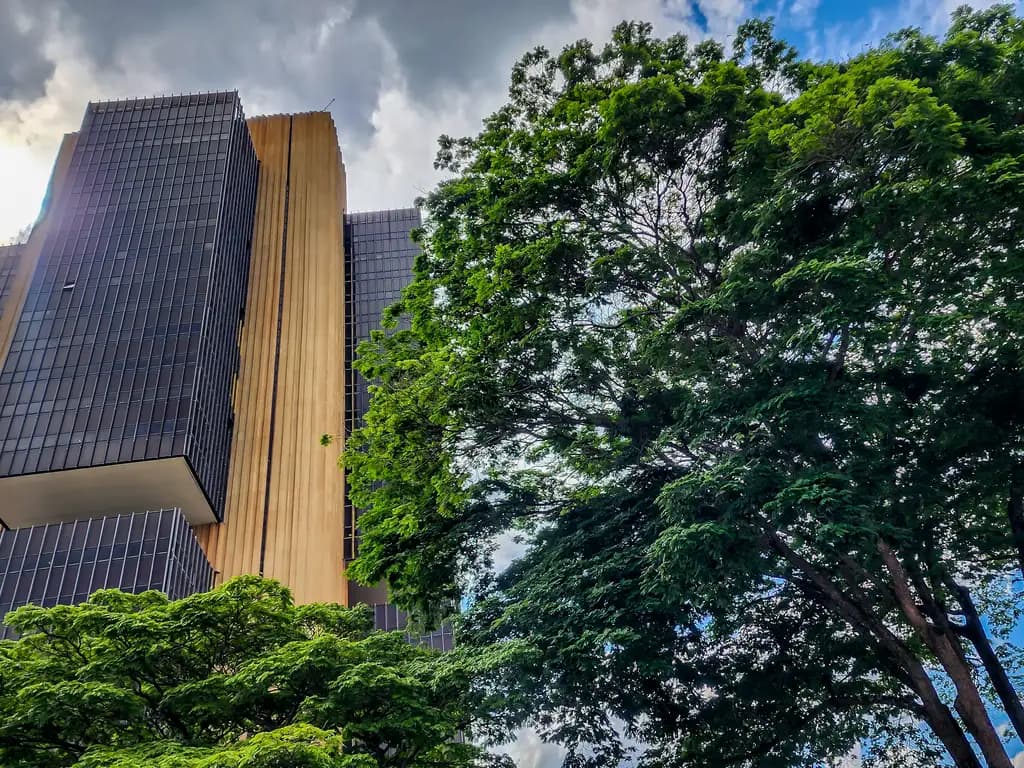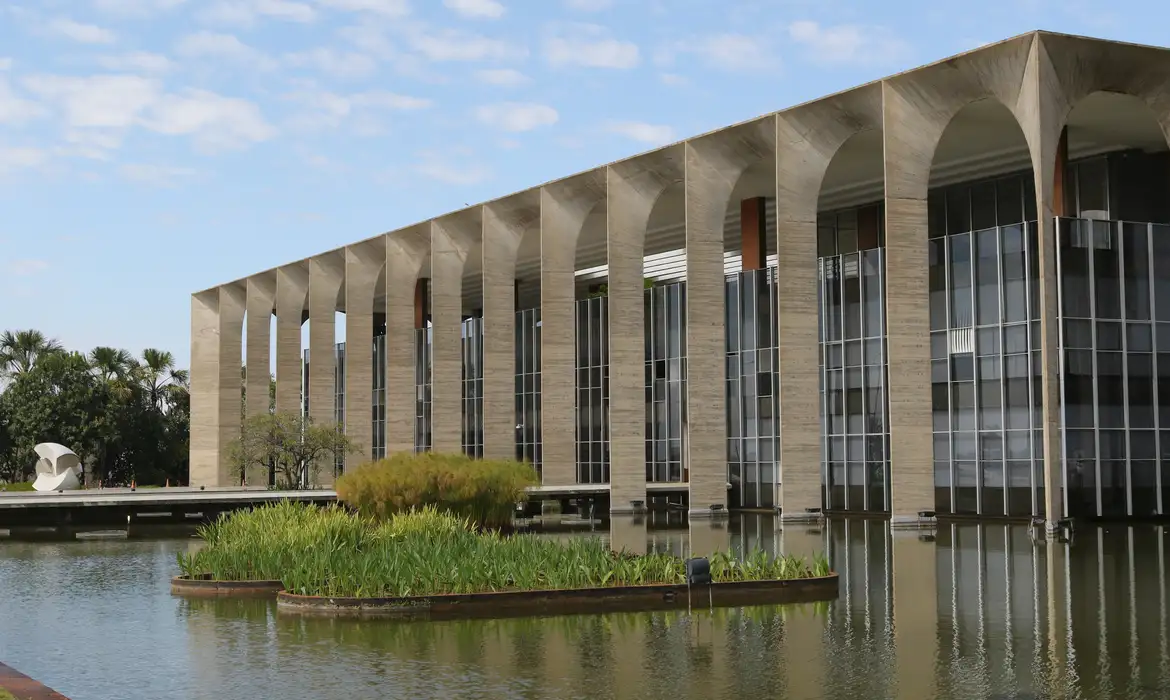Current Regulation of Brazilian Payment System has been working but needs to evolve
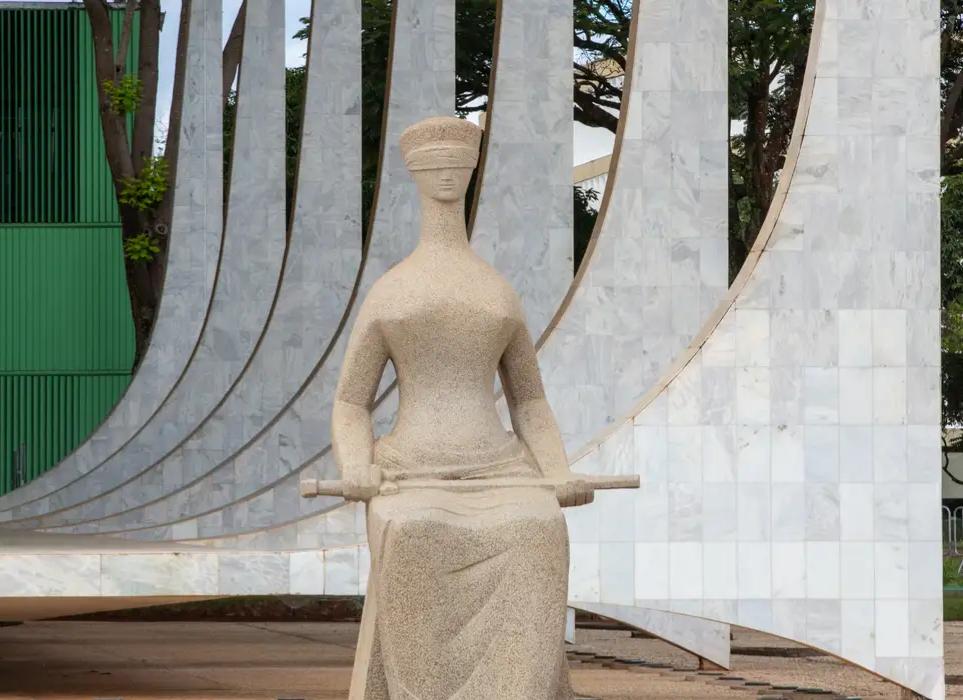 The first law on the Brazilian payments system was enacted in October 2013 and the power to regulate such rules was vested in the National Monetary Council (“CMN”) and the Central Bank of Brazil (BCB). Since then, several rules have been passed by CMN and BCB, and more than five years later, it is possible to say the Brazilian payment system has developed into a more competitive and technological industry. The BCB’s efforts to accomplish such goals involve the delimitation of the payment activities under its regulation and waiver of authorization requirements for certain entities.
The first law on the Brazilian payments system was enacted in October 2013 and the power to regulate such rules was vested in the National Monetary Council (“CMN”) and the Central Bank of Brazil (BCB). Since then, several rules have been passed by CMN and BCB, and more than five years later, it is possible to say the Brazilian payment system has developed into a more competitive and technological industry. The BCB’s efforts to accomplish such goals involve the delimitation of the payment activities under its regulation and waiver of authorization requirements for certain entities.
The existing norms create the concepts of payment schemes, payment scheme settlors and payment institutions. A payment scheme is defined as the set of rules and procedures governing the provision of a certain payment service to the public, such as credit cards or money transfer services. A payment scheme settlor is an entity responsible for creating and organizing the payment scheme and the use of the associated brand. Credit card brands (“bandeiras de cartão de crédito”) are the most common example of payment scheme settlors. Payment institutions are the actual payment services providers. Presently only providers of at least one of the following services within a payment scheme are subject to BCB regulation: (i) issue of electronic currency, such as pre-paid cards or e-tokens in Brazilian currency; (ii) issue of post-paid payment instruments, such as credit cards; and (iii) acquirer services.
Only legal entities incorporated in Brazil are allowed to act as payment institutions or payment scheme settlors, but their stakeholders do not need to be Brazilian individuals or entities. Differently from financial institutions, payment institutions and scheme settlors with foreign capital do not need an authorization from the Brazilian President to operate in Brazil. This is an important advantage, since the issuance of the authorizing decree depends on political factors and can take years.
In March of 2018, BCB issued a Circular introducing the regulation of sub-acquirers. Like the acquirer service provider, sub-acquirers allow the payee to accept a payment instrument (usually payment cards). However, sub-acquirers are simply intermediaries between acquirers and merchants, and are not subject to the full set of rules governing payment institutions. Sub-acquirers often focus on smaller merchants that do not have access to larger acquirers, and their existence allowed a significant increase in the chain of merchants that accept payment cards.
As a rule, payment scheme settlors and payment institutions must obtain a license from the BCB to operate, which can take several months, and need to abide to the law regulating Brazilian payment system and regulatory framework issued by BCB and CMN. However, the need for license is exempted in some cases due to small transaction volumes or limited scope of activities.
Only payment institutions whose transaction volume exceeds (i) BRL 500 million (about USD 127 million) within a period of 12 months or (ii) BRL 50 million (about USD 12.7 million) deposited in prepaid payment accounts must obtain the BCB’s authorization. Authorization is not required for payment institutions participating only in payment schemes of a limited scope (as described below), even if their transaction volume exceeds the aforesaid thresholds.
Payment schemes settlors also need a BCB authorization to operate, except (i) payment schemes of a limited scope, such as those providing for issuance of payment instruments accepted only in one chain store, or used for payment of specific public utilities, or related to labour law benefits (such as prepaid cards distributed by the employer for payment of meals by the employees), or (ii) if the volume of transactions is less than BRL 500 million and the number of transactions is less than 25 million in a twelve-months period, considering all participants in the scheme.
The exceptions above are part of the BCB’s agenda to foster competition in the Brazilian payment system and reduce costs to consumers. Institutions with small transaction volumes or a limited scope are deemed to pose less risk to prudential objectives, which justifies a proportionate approach with more flexible rules. This regulatory tactic prevents the raise of insurmountable barriers to entry and avoids some paradoxical situations where a company needs to raise capital before authorization is granted but is unable to do so until it is authorized to operate (a “Catch 22” situation).
The existing legal framework is a good reflection of how the BCB has been making efforts to improve competition and bring technologic solutions to the Brazilian payment system. Those efforts are important but must be strengthened and complemented by the use of new regulatory approaches.
Image Credit: Fabio Rodrigues/Agência Brasil



















